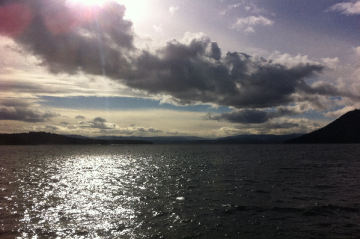Measuring and tracking the flow of climate change adaptation aid to the developing world
Co-Authors: Simon D Donner1, Milind Kandlikar2,3 and Sophie Webber4
1 Department of Geography, University of British Columbia, 1984 West Mall, Vancouver, BC, V6T 1Z2, Canada
2 Institute for Resources, Environment and Sustainability, University of British Columbia, 2202 Main Mall, Vancouver, BC, V6T 1Z4, Canada
3 Liu Institute for Global Issues, University of British Columbia, 6476 NW Marine Drive, Vancouver, BC, V6T 1Z2, Canada
4 Department of Geography, University of California, Los Angeles, 1255 Bunche Hall, 405 Hilgard Avenue, Los Angeles, CA 90095, USA
Abstract
The developed world has pledged to mobilize at least US $100 billion per year of ‘new’ and ‘additional’ funds by 2020 to help the developing world respond to climate change. Tracking this finance is particularly problematic for climate change adaptation, as there is no clear definition of what separates adaptation aid from standard development aid. Here we use a historical database of overseas development assistance projects to test the effect of different accounting assumptions on the delivery of adaptation finance to the developing countries of Oceania, using machine algorithms developed from a manual pilot study. The results show that explicit adaptation finance grew to 3%–4% of all development aid to Oceania by the 2008–2012 period, but that total adaptation finance could be as high as 37% of all aid, depending on potentially politically motivated assumptions about what counts as adaptation. There was also an uneven distribution of adaptation aid between countries facing similar challenges like Kiribati, the Marshall Islands, and the Federated States of Micronesia. The analysis indicates that data allowing individual projects to be weighted by their climate change relevance is needed. A robust and mandatory metadata system for all aid projects would allow multilateral aid agencies and independent third parties to perform their own analyses using different assumptions and definitions, and serve as a key check on international climate aid promises.
Click here to view the publication.

Photo credit: Lisa Westerhoff